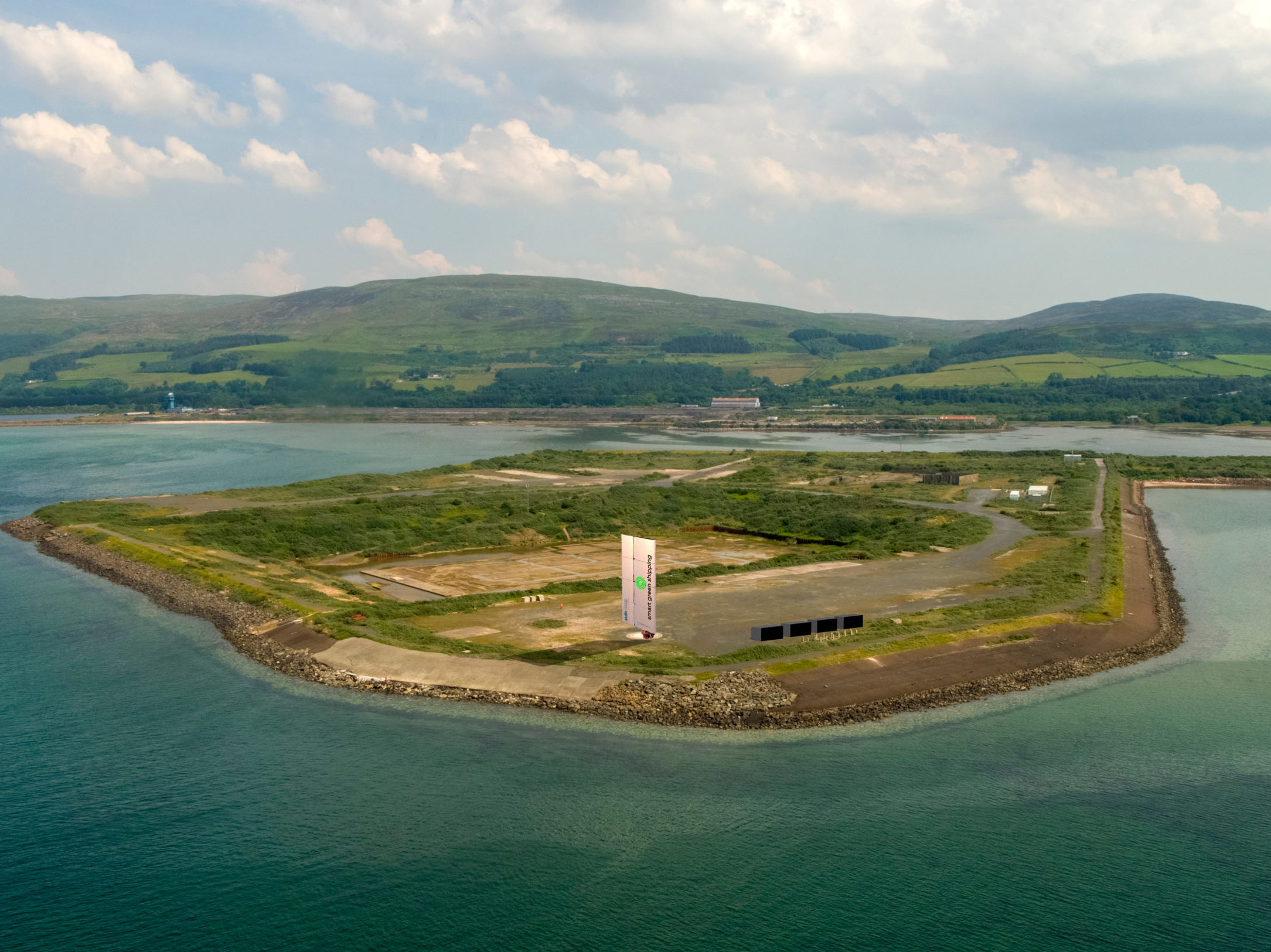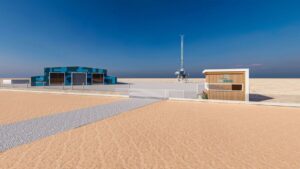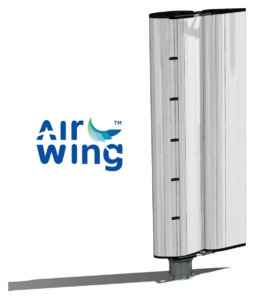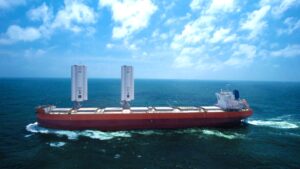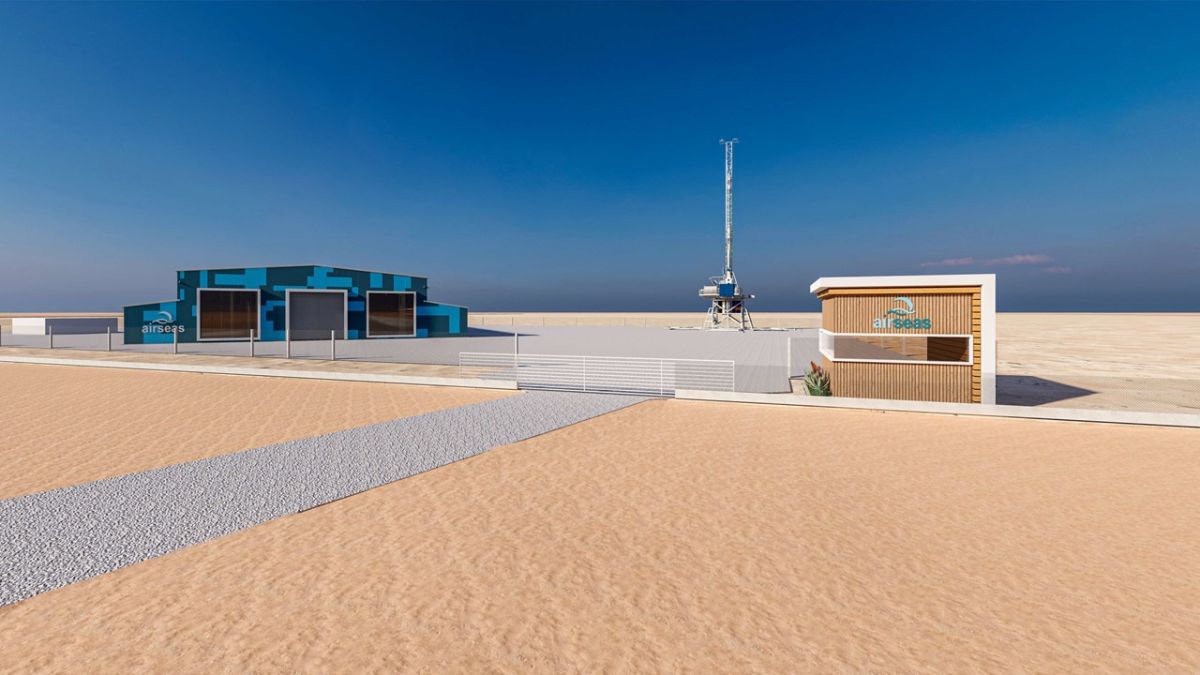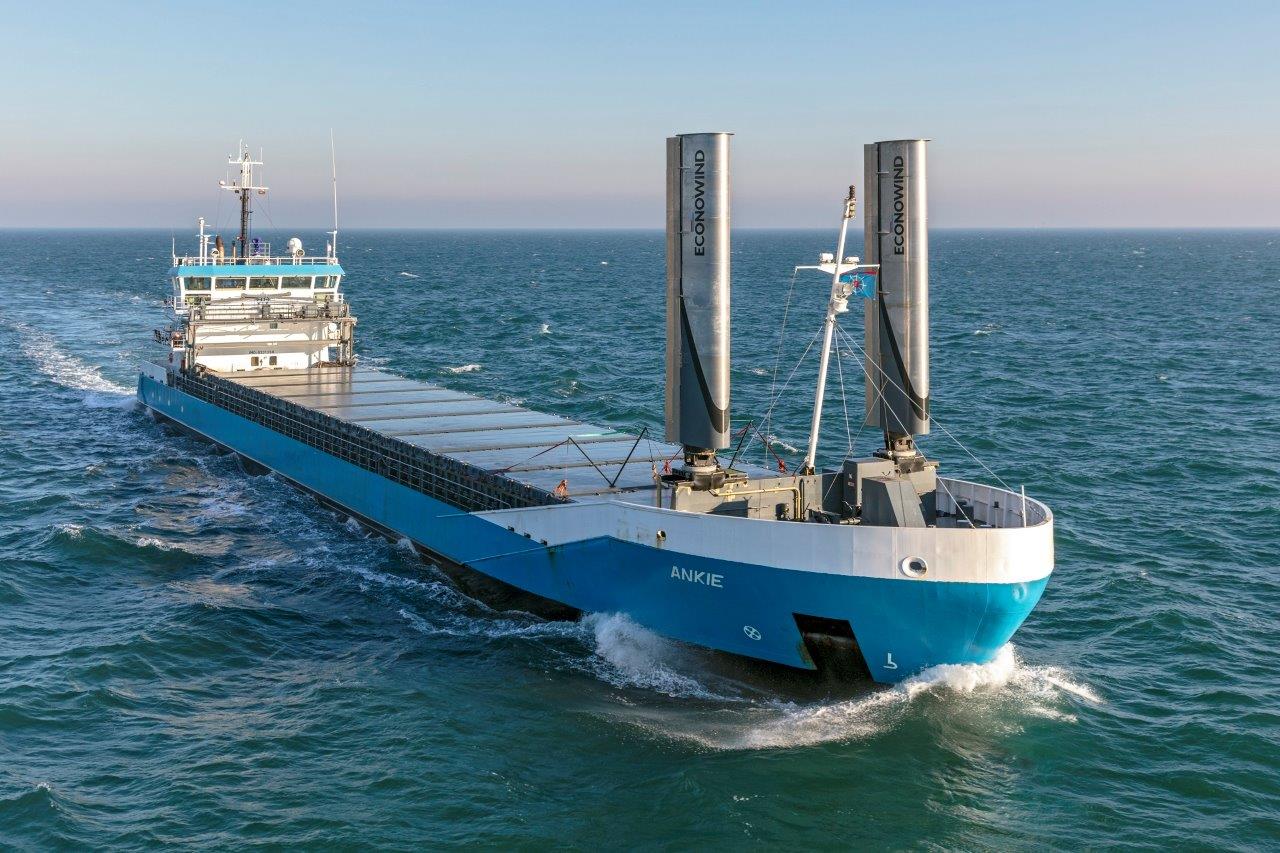Scottish government and Japanese shipowner group MOL add to development and commercialisation potential of SGS SmartRig
Japanese shipowner MOL and the Scottish government are the latest backers of a British wind assist project, Smart Green Shipping, looking to develop a retrofittable wingsail for shipping.
Funding from MOL Drybulk Ltd and Scottish Enterprise will help SGS, which is located in Dumfries, Scotland, in the construction, installation and land-based testing of its wingsail, FastRig.
The announcement comes on the back of increased interest in Europe of other wind assist technology projects and increased recognition of the potential of using wind assist on vessels to reduce fuel consumption and meet increasingly demanding environmental regulations.
SGS business model is based on the development of a retrofittable wingsail solution and the £1.35m from Scottish Government, and the undisclosed amount from MOL will help bring the solution to market.
Smart Green Shipping received £1.8million grant from Scottish Enterprise last year towards a research and development project with a total value of £5million, match funded by the private sector.
Di Gilpin, SGS founder and CEO told Fathom World that the funds will now enable the company to push ahead with the installation of a shore based test rig in Hunterston Park in West Scotland to assess the calculations already made by a team of designers. This will be in preparation for a ship-board test the year after.
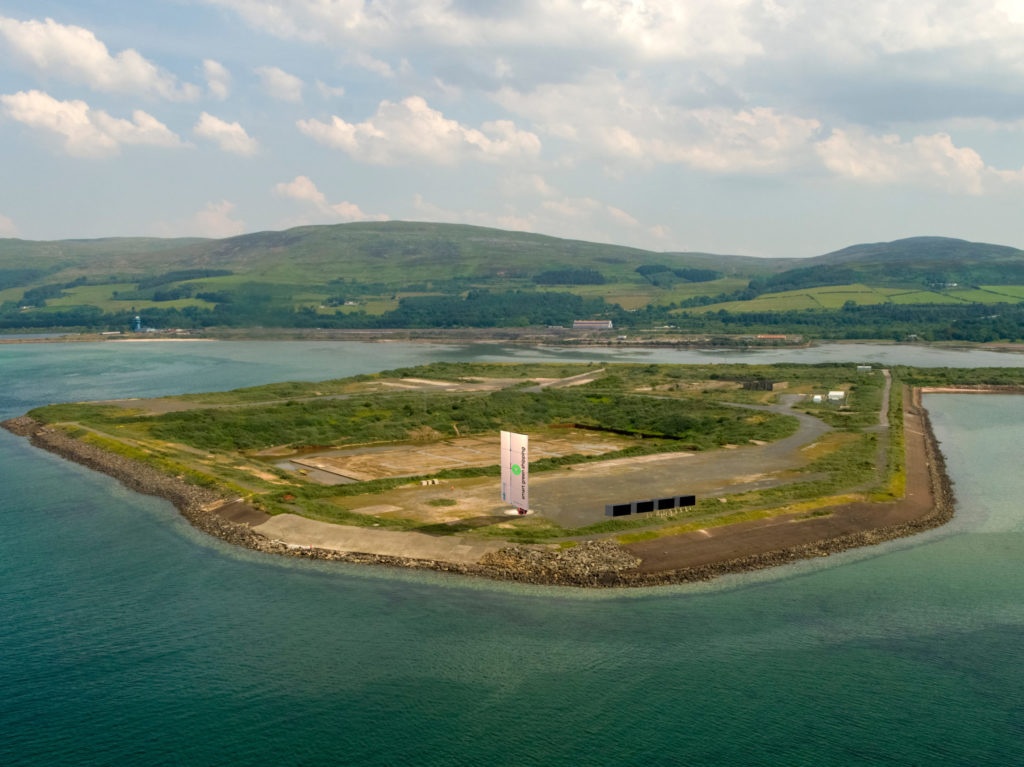

Gilpin said land based tests are an important step in the evolution of a new solution as it helps iron out technical issues such as hydraulics and ensures the robustness before it goes onto a ship.
“All of the ship owners that we’ve talked to want to be sure that these devices are technically robust, that they do exactly what they should do, “she said, adding that there will be testing of the ability of the lifting devices, and the robustness of the manufacturing process.
“Primarily, it’s about safety, we are really, really determined to the belt and braces to make sure that the safety aspects are fully covered off in a in a formal way. Now, if you you know, one of the options that we’ve explored is installing a fast rig, or a suite of fast rigs on a commercial ship. And that presents a load of challenges because you have to put your rig on, put your device on, and then the ship goes to work, which means that you can’t adapt it, learn from it in such a way that you can when you’ve got a land base facility.
The company also has a fuel saving prediction tool, supported by the European Space Agency business incubation centre which will enable future customers make the most of the rig. This year’s shore-based testing will lead to shipboard testing next year.
The company has also been nominated for an Earthshot Prize through involvement with the Solar Impulse Foundation and stemming from work around COP26.























